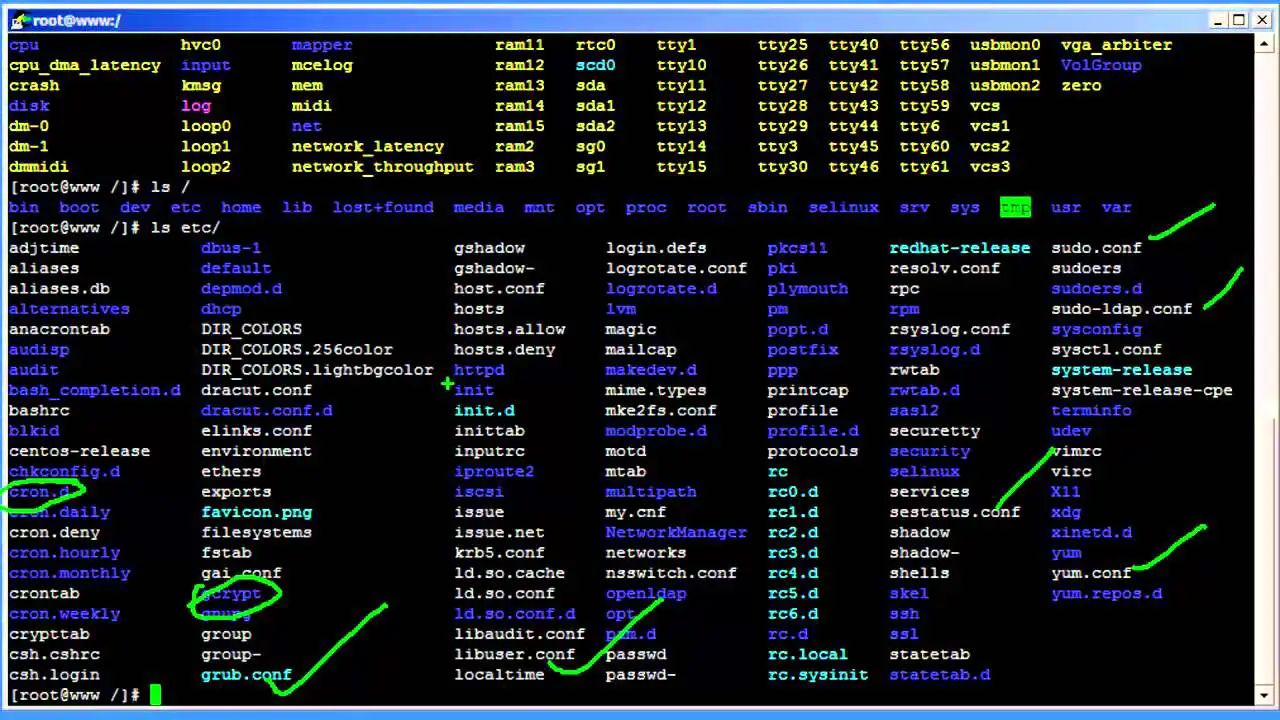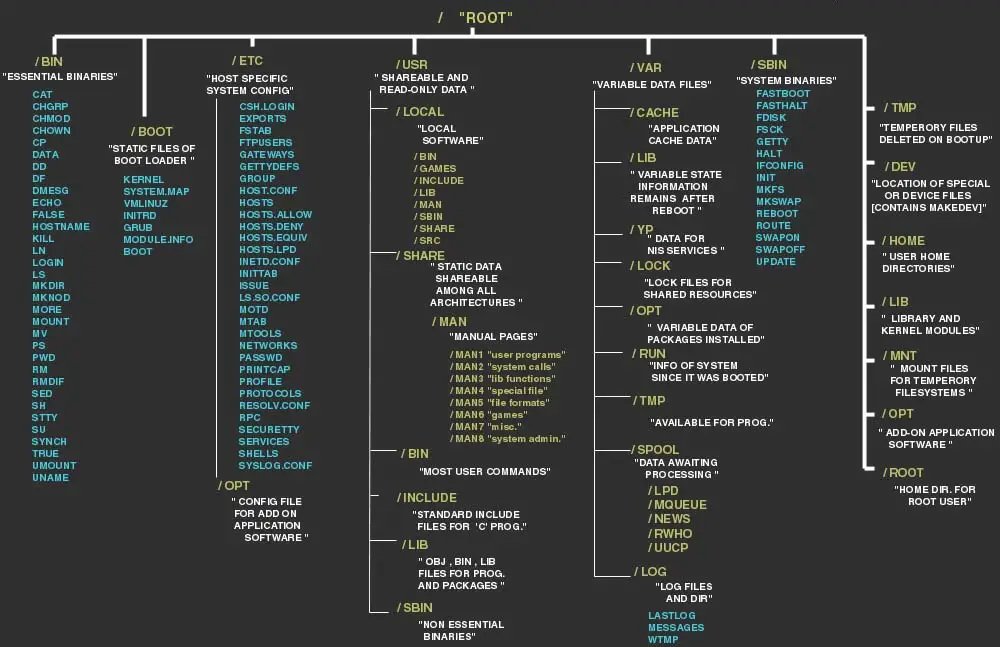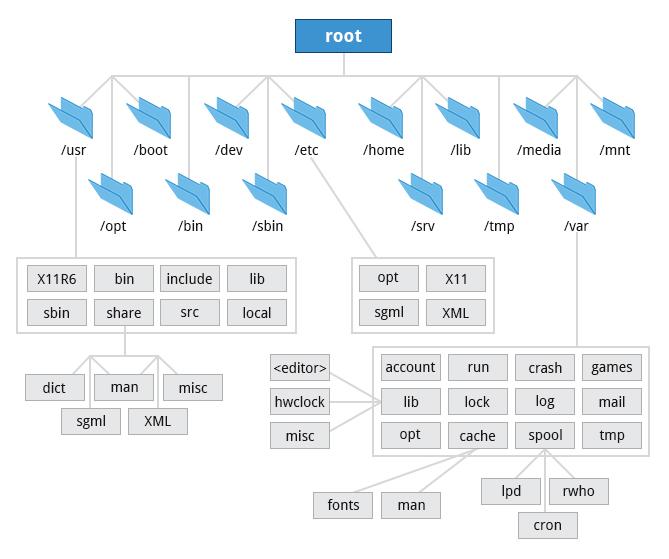Introduction to The Linux Filesystem Hierarchy

The Linux Filesystem Hierarchy (FHS) is a standard that defines the layout and organization of files and directories on a Linux system. It provides a consistent structure for accessing and managing files, regardless of the specific distribution or version of Linux being used.

Executive Summary

The Linux FHS is a comprehensive guide to the organization of files and directories on a Linux system. It defines the structure, naming conventions, and usage guidelines for various directories and files. This standardization ensures consistency and ease of navigation across different Linux distributions, simplifying file management and system administration tasks.
Introduction:
The FHS defines a hierarchical structure with the root directory (/) at the top. It divides the system into several subdirectories, each with a specific purpose. Understanding the FHS enables efficient file organization, effective resource management, and seamless interoperability between different Linux systems.
Top 5 Subtopics:
/bin
- Contains executable programs essential for system operation and user commands
- Includes utilities like shells, editors, and basic commands
- Examples: bash, cat, ls, mkdir
/boot
- Stores files necessary for the boot process
- Includes the kernel, bootloaders, and configuration files
- Examples: vmlinuz, grub.cfg, initrd.img
/dev
- Provides access to hardware devices through file-like interfaces
- Includes virtual files for peripherals, block devices, and character devices
- Examples: /dev/sda, /dev/ttyS0, /dev/random
/etc
- Stores configuration files and system-wide settings
- Includes files for user accounts, services, and network configurations
- Examples: /etc/passwd, /etc/fstab, /etc/resolv.conf
/home
- Houses user home directories
- Contains personal files, directories, and configurations
- Examples: /home/user1, /home/user2, /home/public
Conclusion:
The Linux Filesystem Hierarchy is a fundamental aspect of Linux operating systems. It provides a standardized and organized structure for managing files and directories, facilitating efficient system administration, user file management, and interoperability between different Linux distributions. Understanding the FHS enables effective resource utilization, seamless file access, and enhanced system security.
Keyword Phrase Tags:
- Linux Filesystem Hierarchy
- File System Management
- Directory Structure
- Linux System Organization
- File Organization Standards

Wow, this is a very informative post! I learned a lot about the Linux Filesystem Hierarchy. Thank you!
I’m not sure if I agree with everything in this post. I think the Linux Filesystem Hierarchy is too rigid, and it doesn’t allow for enough flexibility.
The Linux Filesystem Hierarchy is a well-thought-out and well-organized system. It makes it easy for users to find files and directories, and it helps administrators to maintain a consistent and organized system.
I think the Linux Filesystem Hierarchy is a waste of time. It’s just a bunch of rules that make it harder to use Linux.
The Linux Filesystem Hierarchy is so well-designed that it’s almost ironic. It’s like the ultimate example of how to do something right.
Oh, the Linux Filesystem Hierarchy. The perfect way to make something simple complicated.
The Linux Filesystem Hierarchy is like a giant game of hide-and-seek. It’s fun to try to find files, but it’s also frustrating when you can’t find what you’re looking for.
The Linux Filesystem Hierarchy is a good starting point for organizing your files and directories, but it’s not perfect. You may need to make some changes to it to fit your specific needs.
The Linux Filesystem Hierarchy is based on the Unix Filesystem Hierarchy, which was developed in the 1970s. It has been updated over the years to reflect the changing needs of Linux users.
If you’re having trouble finding a file or directory, you can use the ‘find’ command to search for it. The ‘find’ command is a powerful tool that can help you to find files and directories even if you don’t know where they are.